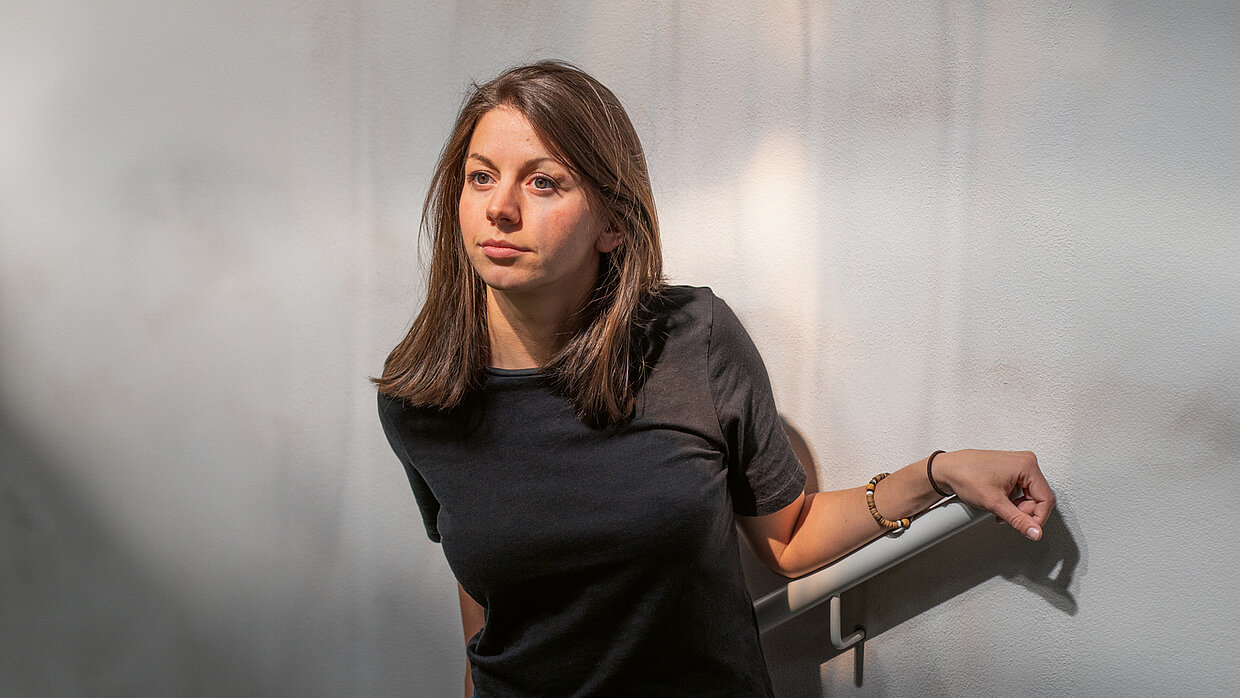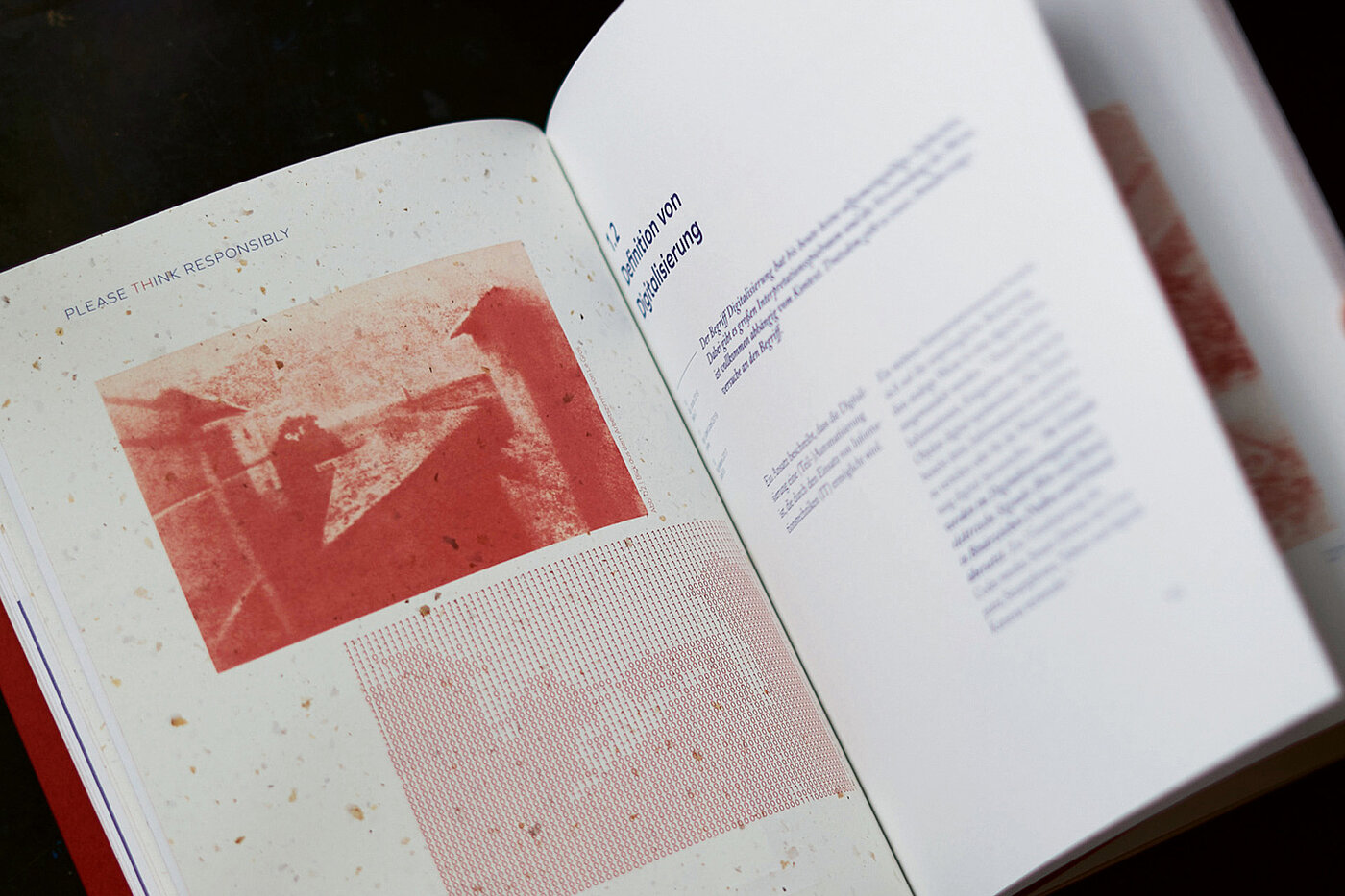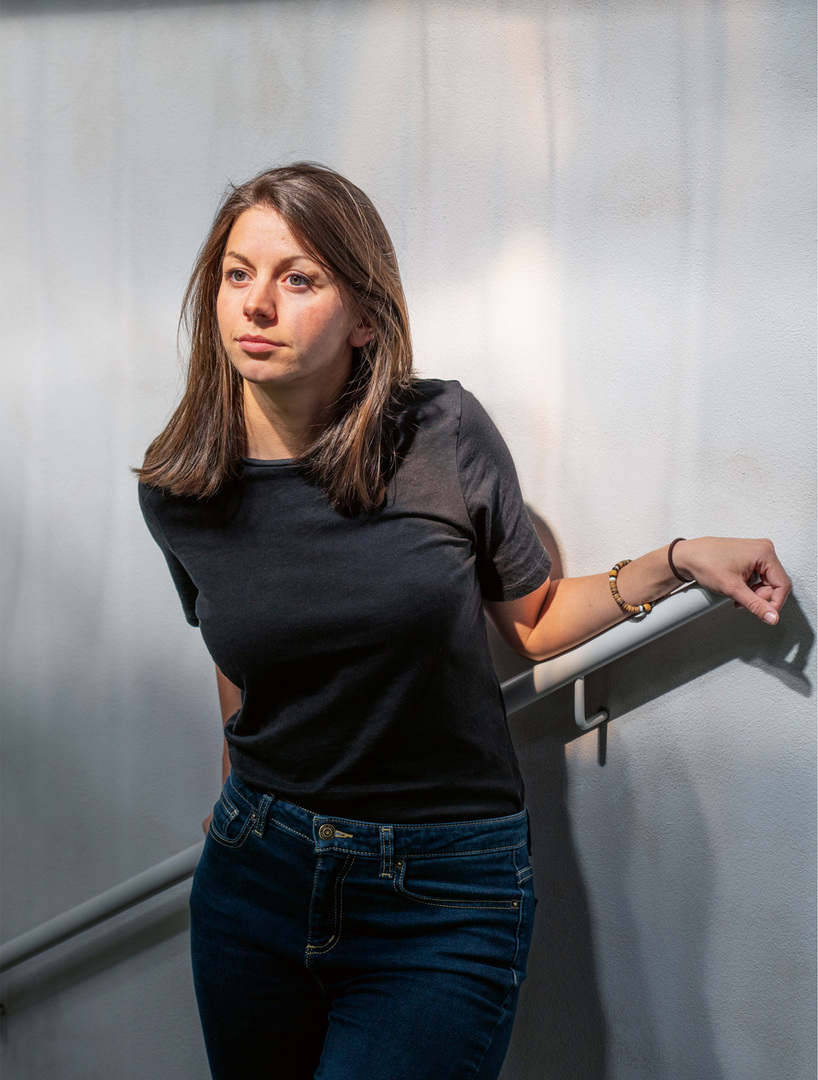
A minimalist style paired with a great sense of typography and photography characterises the work of Austrian designer Mila Weger. After working in Los Angeles and Tel Aviv, the creative artist returned to Austria, where her passion for analogue printing techniques has brought forth individual brand presentations, refined packaging as well as analogue and digital editorial projects worth seeing. In her book “Think Responsibly”, she devotes herself entirely to the fascination of book printing – digitally designed and implemented in analogue form with great attention to detail.
Interview with Mila Weger
Red Dot: You subtitled your book “A Love Declaration for Book Printing”. When did you discover your personal love for it?
Mila Weger: As soon as I entered the old Bauer printing workshop. The creaking of the old floorboards as you enter the typesetting room, the smell of leftover ink on the rollers from the last printing job, the sight of hundred-year-old types neatly arranged in the typesetting boxes waiting to create unique prints.
Did you come across anything that surprised you?
The experience of reinterpreting a typeface through setting alone – after all, it is the space between the letters that brings typography to life.
In your opinion, are analogue craft techniques not valued enough in design education?
From my experience, I would say they are indeed not valued enough. Otl Aicher once put it aptly: theory is better understood through practical implementation. Too often, the design process is only taught digitally, which means that three of the five senses are not involved. It would be enriching and sensible to once again integrate craft techniques more strongly into design education to give students a holistic approach to the design process. It holds true that those who understand the basic structure of design can play with it.
What do materiality and haptics mean to you personally?
I see haptics and materiality like light and shadow in photography – they lend dimensionality to the image. When used in the right way, a harmonious interplay allows the design to tell stories. Often seducing the senses doesn’t even require extra effort or cost, just a feel for the effect of materials in combination with form and design.
Can an understanding of printing processes also make the work as a designer more comprehensible? Does it perhaps even reveal new possibilities?
Only by learning the practical techniques does an understanding emerge of how visions can be realised. What sounds trivial at first is considered an essential advantage, especially in times when designers indulge almost exclusively in the benefits of digital working methods. If I am clear about how my design can be realised, then it opens up more scope for creativity.

